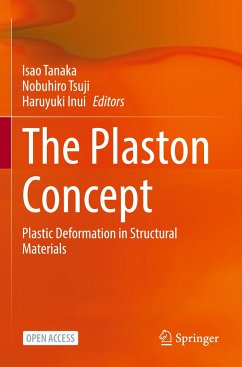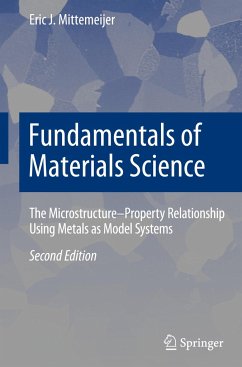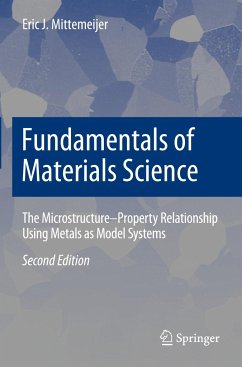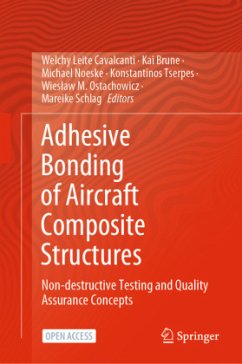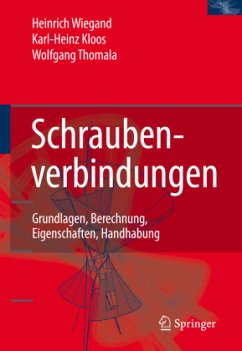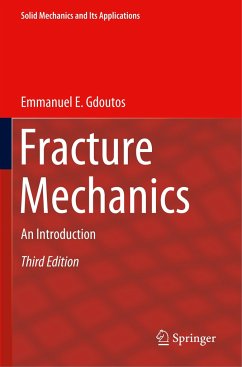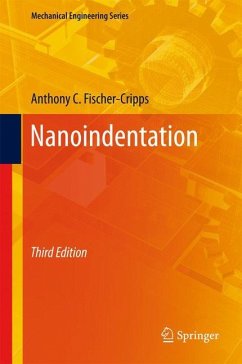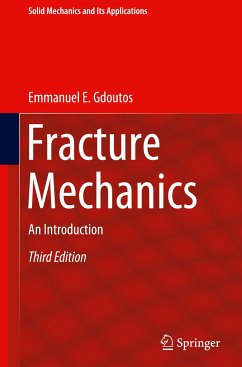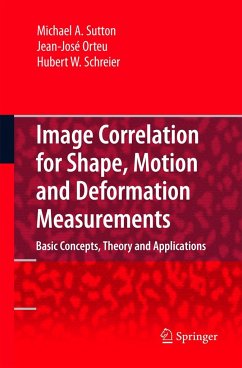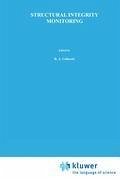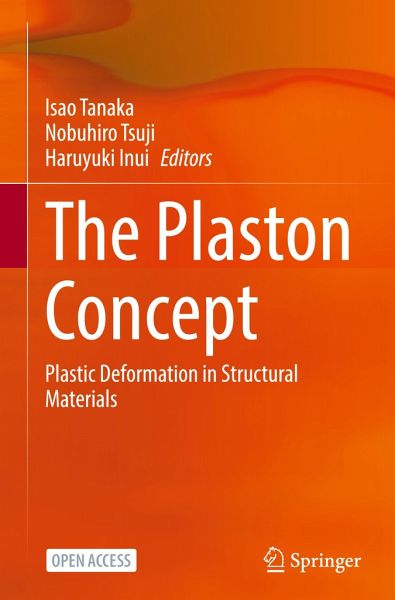
The Plaston Concept
Plastic Deformation in Structural Materials
Herausgegeben: Tanaka, Isao; Tsuji, Nobuhiro; Inui, Haruyuki
Versandkostenfrei!
Versandfertig in 6-10 Tagen
38,99 €
inkl. MwSt.

PAYBACK Punkte
19 °P sammeln!
This open access book presents the novel concept of plaston, which accounts for the high ductility or large plastic deformation of emerging high-performance structural materials, including bulk nanostructured metals, hetero-nanostructured materials, metallic glasses, intermetallics, and ceramics.The book describes simulation results of the collective atomic motion associated with plaston, by computational tools such as first-principle methods with predictive performance and large-scale atom-dynamics calculations. Multi-scale analyses with state-of-the art analytical tools nano/micro pillar def...
This open access book presents the novel concept of plaston, which accounts for the high ductility or large plastic deformation of emerging high-performance structural materials, including bulk nanostructured metals, hetero-nanostructured materials, metallic glasses, intermetallics, and ceramics.The book describes simulation results of the collective atomic motion associated with plaston, by computational tools such as first-principle methods with predictive performance and large-scale atom-dynamics calculations. Multi-scale analyses with state-of-the art analytical tools nano/micro pillar deformation and nano-indentation experiments are also described. Finally, through collaborative efforts of experimental and computational work, examples of rational design and development of new structural materials are given, based on accurate understanding of deformation and fracture phenomena.This publication provides a valuable contribution to the field of structural materials research.





